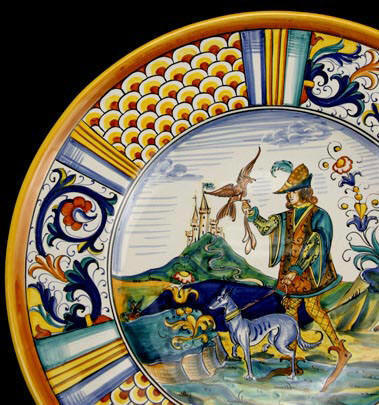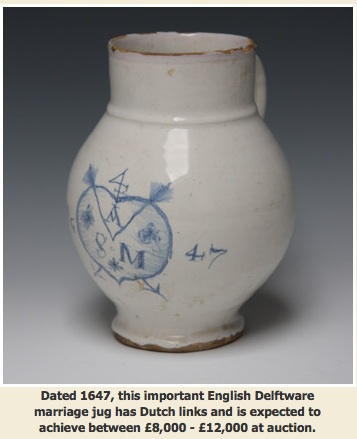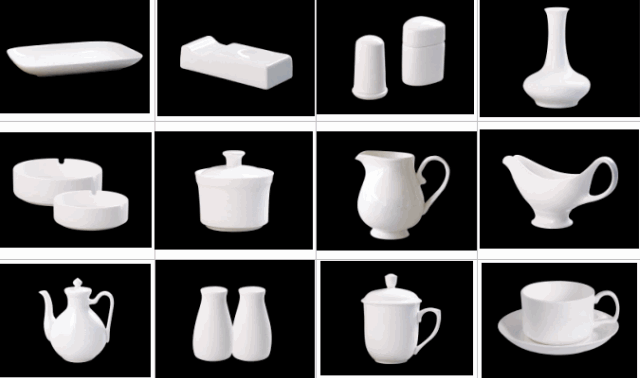The richly coloured designs and motifs found on continental pottery of the 17th and 18th centuries provided a popular source of inspiration for pottery makers in the 19th century and later. Most of these later copies are also highly decorative and collectable in their own right.
Most continental pottery was made from an earthenware base that was covered with a glaze to which tin oxide had been added, and is known as tin glaze. Tin-glaze pottery is given different names according to its country of origin. In Italy and Spain it is called maiolica, in France and Germany it’s known as faïence, and in the Netherlands it’s called delft.
Spanish maiolica
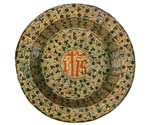
Shiny metallic lustre decoration, as on this rare 15th-century dish, is a characteristic of Spanish pottery. Similar pieces were reproduced in Italy in the late 19th century by the Cantagalli factory – these copies were originally marked on the base with a singing cockerel. Worth £10,000 to £15,000.
Maiolica apothecaries’ drug jars (see picture at the top of the page) were made for storage and display, hence their colourful decoration. Shapes vary according to the jar’s original contents. Wet drugs were stored in bulbous jars with spouts (as above); dry drugs were usually stored in straight cylindrical jars called albarelli. Worth £8,000 to £12,000.
French faïence
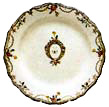
This beautifully painted 18th-century plate was made by one of the most prominent French factories – that of the Veuve (widow) Perrin. Many wares from this factory are marked ‘VP’, but the mark is also seen on copies so always check the quality of the painting – painters from the factory were sent to the French drawing academies. Worth £800 to £1,200.
Dutch delft
Tulips were a Dutch obsession and delft tulip vases were made in simple cushion shapes such as this. Others resembled elaborate pagodas, standing several feet tall.
Italian maiolica
The surfaces of valuable istoriato (story) dishes, such as this 16th-century Urbino tazza, are used like the canvas of a painting to show a mythological or religious subject. This picture of Rebecca and Isaac is from a Raphael drawing.
Colours
As in most Italian maiolica, the colours that predominate are blue, yellow, orange, black and green. A wider range of colours may indicate the piece is of a higher quality or later date.
Condition
Don’t expect to find early maiolica in perfect condition; chips and cracks are common and pieces are still valuable despite damage. The rim of this tazza has been replaced in parts, but the piece is still worth more than £12,000 because the painting is of such high quality. You can still find smaller, less finely painted examples from as little as £800.
Copies – many honest copies were made in the 19th century, marked by makers such as Doccia, Molaroni, Maiolica Artistica Pesarese and Bruno Buratti. These are collectable, but considerably less valuable.
Beware
Some genuine pieces of maiolica, faïence and delft have fake inscriptions to make them seem more valuable. Be suspicious if the calligraphy seems to lack fluidity and if you see any grey specks in unglazed areas – a sign that the piece has been refired.

